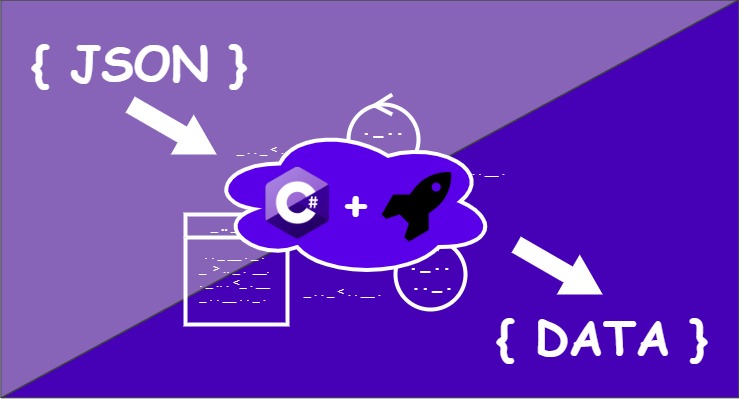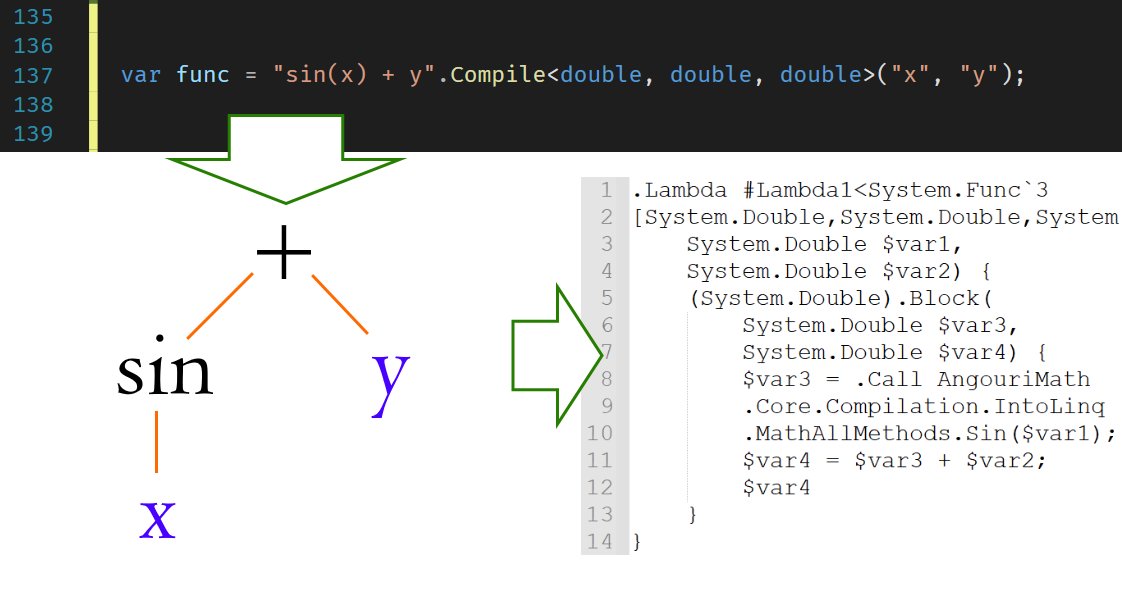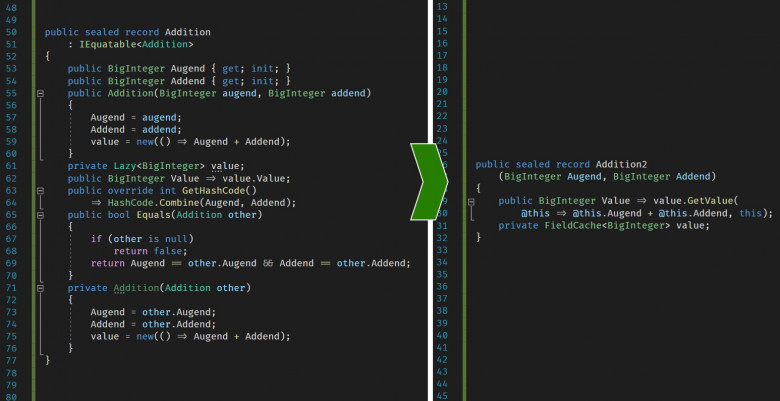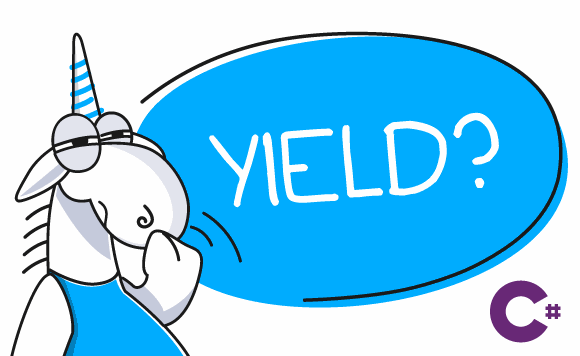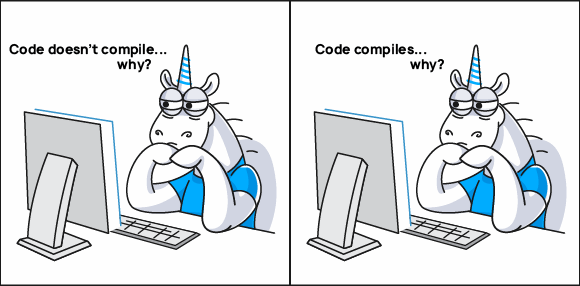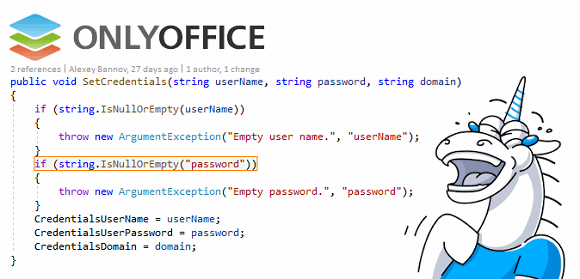How WCF Shoots Itself in the Foot With TraceSource

We don't often get the chance to write something on parallel programming issues. This time we "got lucky". The TraceEvent standard method has some implementation peculiarities. They resulted in an error with multiple threads blocking. So we'd like to warn users about this nuance and cover this interesting case from our users support practice. Why was our support involved? Keep reading to find out. Enjoy the reading!




